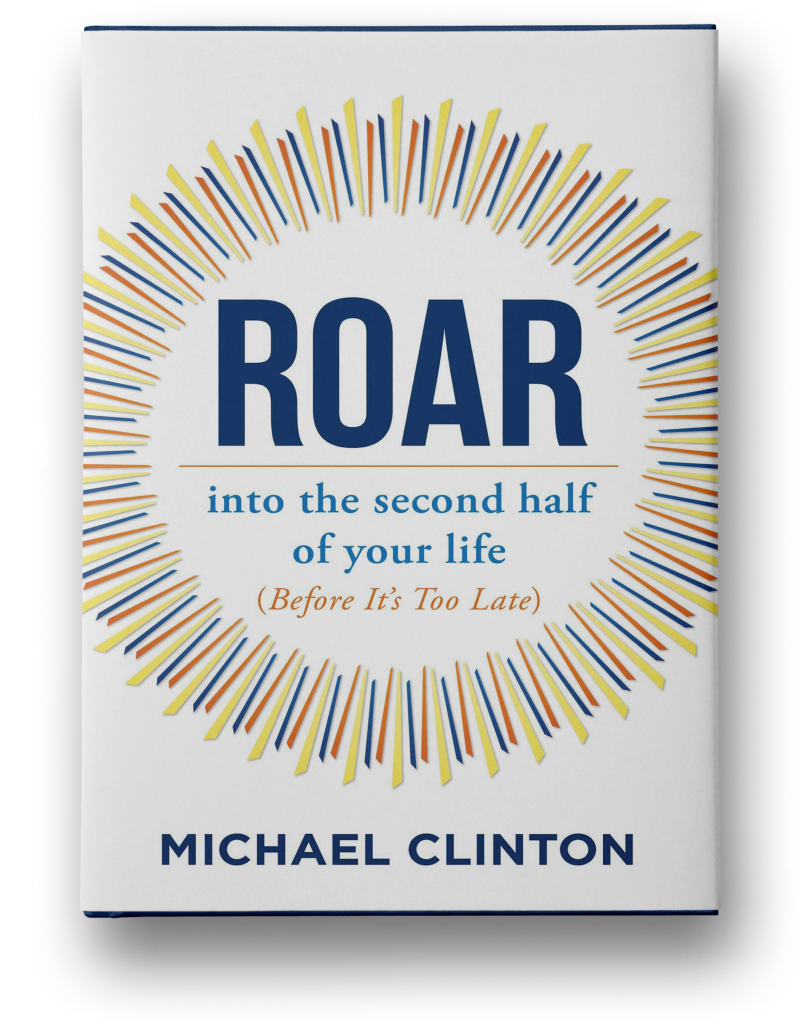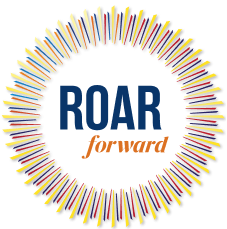By Tony Case
The past year saw the premiere of ABC’s Golden Bachelor and the release of 78-year-old Dolly Parton’s first rock album, while Martha Stewart, 82, rocked the cover of the Sports Illustrated Swimsuit Issue and director Martin Scorsese, 81, racked up his tenth Oscar nomination.
Time’s annual list of the 100 Most Influential People featured several super-achievers in their eighties, including author Judy Blume, sculptor El Anatsui, and rock climber and environmentalist Yvon Chouinard, while Vogue Philippines featured a 100-year-old cover model and Cosmopolitan placed 60-year-old actress Lisa Rinna on its cover.
Political pundits continue to weigh in on the age of the president — and whether our 81-year-old leader’s love of ice cream has deeper meaning — even as his rival for the land’s highest office nears octogenarian status himself.
Considering the obvious relevance and accomplishments of Americans in the later halves of their lives — those in the public eye, and those living right next door —one would think advertisers would be smarter about how they portray them.
For every uplifting campaign like this one from Donna Karan New York, featuring an iconic cast of multigenerational models, Madison Avenue persists in cranking out ads like this for LinkedIn (featuring yet another older person confused over technology). Then there’s this one for the financial firm Coventry Direct (making fun of older people being hard of hearing), or this doozy for Duracell (depicting a hapless older man combing the beach with a metal detector).
As you’ve likely noticed, too many advertisers still perpetuate cringey stereotypes, offensive imagery and ageist narratives — that is, when they pay older people any mind at all. A study by the data firm CreativeX, analyzing more than 126,000 brand messages, revealed that only 4% of people cast in ads in 2022 were over the age of 60, even though that segment constitutes some 16% of the population and represents fully one-quarter of consumer spending.
While a good number of ads target older people, they rely on scare tactics, preying on their insecurities and anxieties about aging. By emphasizing health risks, financial insecurity, and social isolation, these campaigns instill a sense of fear and inadequacy, rather than empowering older individuals to embrace the opportunities and challenges that come with age. Some ads are downright deceptive, particularly those promoting health insurance plans.
The results of all this insulting or deceptive marketing are not merely superficial. The portrayal of older people in ads carries very real implications for our society’s attitudes about aging, not to mention how older consumers see themselves. But the question remains: why do so many advertisers seem tone-deaf when it comes to this group?
It’s a mystery even to those who run ad agencies.
The older population has “incredible levels of energy, enthusiasm, intelligence and influence,” explains Jeff Rosenblum, co-CEO and founding partner of the ad agency Questus, which does work for companies like Samsung, Verizon, and Starbucks. “Don’t treat this audience like the senior citizens of yesterday,” he advises his colleagues in the industry. “They are still vibrant and excited about the role that brands play in their lives. Inspire them. Excite them. Respect them.”
Ageist advertising is so pervasive that one recent commercial even tweaked the industry over it. In this spot from the insurer Humana, two crewmembers shooting a commercial for an imaginary insurance company joke about how it must be yet another ad targeted to older people because it’s set at a water aerobics class. “Most insurance companies see us all the same — smiley seniors golfing, hiking…” says one of the crewmembers. “Don’t forget antiquing!” pipes in the other.
Television is arguably the worst culprit when it comes to marketing messages that play up stereotypes and clichés. They often depict older people as frail, forgotten, or befuddled over technology (or again, the particulars of their Medicare coverage), while failing to capture the rich complexity of their lives. “They use Instagram, Tik Tok and multiple streaming services,” Rosenblum points out. “They don’t want to live scared, and they don’t want to feel old — they want to feel young and inspired.”
The best ads, on the other hand, are those that prioritize inclusivity, showcasing the diversity of experiences and lifestyles the mature demo is so rich with. These are campaigns that represent older people of various ethnicities, body types, and walks of life, resonating with the multilayered identities of these consumers.
A lot of advertisers get it right.
One standout is “Joy Ride,” a much-buzzed-about Amazon ad from this past holiday season, featuring three older women friends enjoying an afternoon of sledding, to the strains of the Beatles classic “In My Life.” The spot has been hailed as a masterpiece and among the best ads ever.
Other standouts include spots for the insurer Prudential, the wealth management service Empower, and the arthritis medication RINVOQ, all of which celebrate their later-life customers living their best lives.
It’s not all about TV, though. Social media and out-of-home also provide a rich canvas for telling brand stories that celebrate consumers of all ages. Likewise, print remains as potent a vehicle as ever—as brands like L’Oréal understand, having partnered with British Vogue on a special issue dedicated to women over 50 and featuring octogenarian Jane Fonda on the cover.
The real rock star of the genre would have to be the enduring style guru Iris Apfel, who—right up until her death on March 1, at age 102—was still out there dispensing wisdom, influencing the culture, and hawking everything from Magnum ice cream and I.N.C. jeans to Apple computers. It’s easy to understand why Apfel was so beloved by fashionistas and such a popular subject for advertisers for so long; she was an icon in every sense of the word, and thoroughly emblematic of their vitality—and brand power.
Ads that work are those that celebrate the agency and autonomy of the aging population, portraying them as active participants in society, rather than passive users of products or services. The messaging empowers older consumers by highlighting their achievements, aspirations, and contributions, creating a sense of connection and resonance among this audience.
The best brand messages speak to the needs and preferences of people 55+, offering products and services that are tailored to their lifestyles and aspirations. By addressing issues like healthcare, financial planning, and leisure pursuits, marketers demonstrate an understanding of the diverse priorities of the segment.
By amplifying the older segment’s voices and experiences, these ads have the power not only to shake up an industry, but to shape a culture that, at its best, values the wisdom, resilience, and contributions of every generation.
As we strive for a more age-affirming society, marketers have a front-and-center role to play as agents of change.
Tony Case has written about marketing, media and the culture for Adweek (as executive editor), Digiday and Variety. He and his work are cited by New York Magazine, the New York Post, Business Insider, and others. He regularly appears on CNN, MSNBC, and ABC’s Good Morning America.

